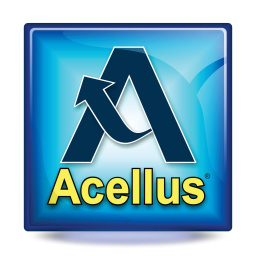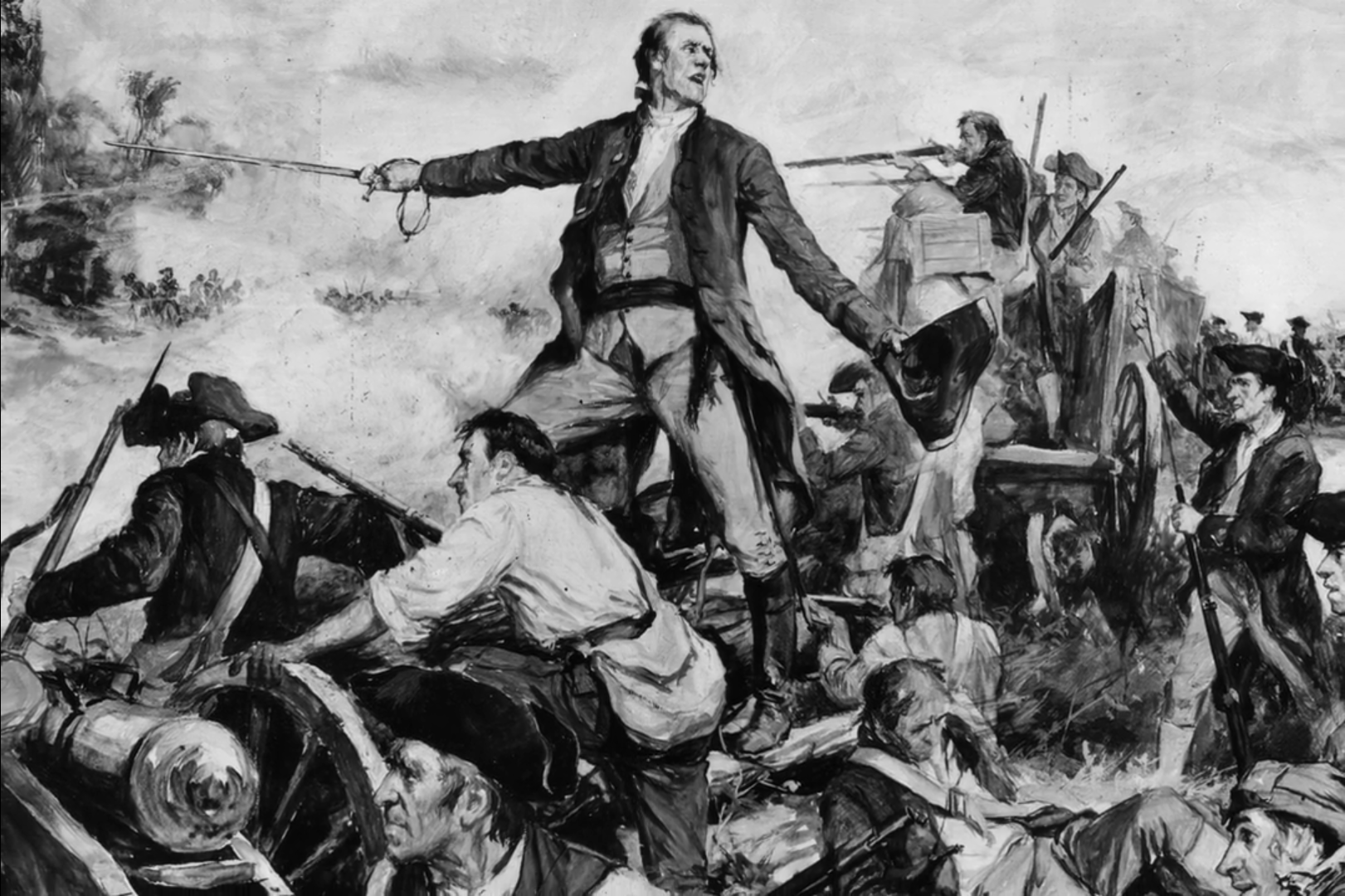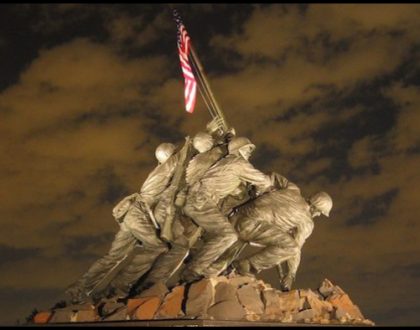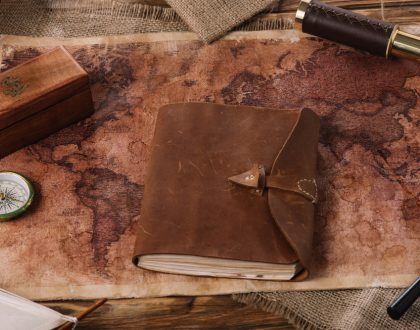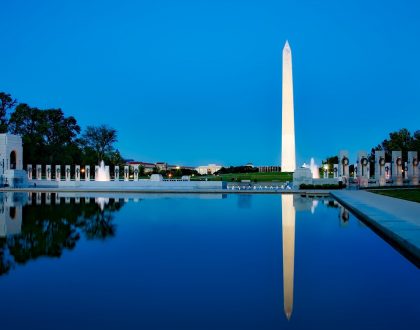Ohio State History
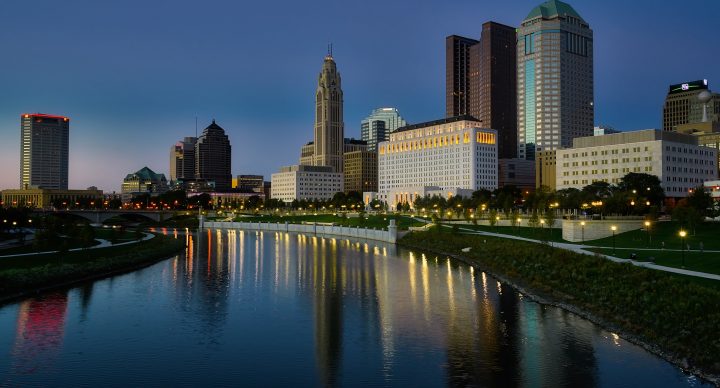
Course Features
Course Duration: Full Year
Category: Elementary, History/Social Studies
Assessment: Lesson Practice, Unit Exams, Mid-Term Exam, Final Exam
Language: English
Course Details
Course Overview
Acellus Ohio State History examines the landforms, climates, and natural resources of Ohio and the United States. This course covers America’s history, industries, and peoples with a special emphasis on Ohio. The founding and development of Ohio as a state will be discussed. Students will learn about important rights and responsibilities of the citizens of Ohio and America. They will also study important figures from Ohio and American history.
The Acellus Ohio State History course is taught by Acellus Instructor Todd Edmond.
Sample Lesson - The Ohio Frontier Of 1700
 This course was developed by the International Academy of Science.
Learn More
This course was developed by the International Academy of Science.
Learn More
Scope and Sequence
Unit 1 Students begin this course with an overview of the United States of America. After an introduction they study climate, the variety of climates that exist, and how to read a line graph. They investigate natural resources including, land, water, minerals, fuels, and people. They explore the American nation. They ponder who Americans are, and they observe where Americans live. Unit 2 In this unit students learn about the U.S. plan of government, the three branches of government, and the role of U.S. citizens. They study how to use primary and secondary sources. They explore civic participation, the rights of citizenship, and civic responsibilities. They investigate 1st Amendment rights, public rights by law, responsibilities of citizens, and financial responsibility. They contemplate U.S. Economics - the free market society. They examine how business works, the diverse economy of the U.S., and the global economy. Unit 3 Next students grasp what regions are, the different kinds of regions, and how regions change and connect. They learn to use a land use and resources map. They inspect our nation's regions, the regions within a state, and different government services. They study our neighbors, Canada, Mexico, Central America, the Caribbean, and Greenland. Unit 4 In this unit students focus on the Northeast region of the United States. Within this region, they explore the country from coast to countryside. They investigate the climate, natural resources, and early people of the Northeast. They discuss the colonies of the Northeast and the forming of our nation in this area. They consider the early transportation, the industrial revolution, and the immigrant surge of the Northeast. They examine the cities of the Northeast, New England today, and the economy of this region today. They study New York City, urban city life, and places to visit in the Northeast. They learn how to read a population map. Unit 5 Students investigate the Southeast region of the United States, beginning with the coastal areas and moving on to the inland areas, the climate, and the natural resources. They learn about the early people of this region, as well as the colonies and settlers there. They study life in the highlands of the Southeast long ago. They consider what life was like in this divided nation during the pre-civil war era, and examine the civil war itself and the social changes afterward. They evaluate the region of ports in the Southeast, the goods that are shipped into and out of the Southeast, and the container shipping process that is used there. Unit 6 Continuing their study of the Southeast, students study the beaches and cities of the Atlantic coast, as well as the centers of government and the industries there. They explore the Gulf Coast, including the Sun Belt, tourism, fishing, farming, and the islands and keys located there. They learn how to read a map scale. They investigate life in the highlands of the Southeast, today, as well as the coal industry and the national parks of the Southeast region. Following this unit students are presented with the Mid-Term Review and Exam. Unit 7 In this unit students survey the Great Lakes and the Great Plains of the Midwest. They compare prehistoric and historic native Americans in Ohio. They discuss the migrating settlers and immigrants in Ohio, as well as conflicts among the settlers. They study the Proclamation of 1763 and its impact on Ohio. They explore the "Ohio Frontier" of the 1700s. They determine the impact of the Northwest Ordinance on Ohio. They learn about Ohio gaining statehood in 1803, about the Ohio Constitution, and about Ohio's role in the War of 1812. They contemplate the Battle of Lake Erie in 1813, the Battle of Fallen Timbers, and the Treaty of Greenville. They review the Fugitive Slave Act of 1850. They contemplate the Ohio abolitionists, as well as Ohio's part in the Underground Railroad. Unit 8 Next students review the climate of the Midwest region, its natural resources, and the early people there. They investigate the physical and human characteristics of Ohio and its natural resources. They consider Lake Erie, Ohio's farmland, and its modern economic industries. They evaluate the population of Ohio and migration to and immigration from the state. They examine the Ohio River and transportation over time in Ohio. They review a map of Ohio to understand its geography. Unit 9 Students discuss the Old Northwest Territory and the pioneer spirit of the Midwest. They learn how to understand historical maps. They investigate the river highways and the railroads of the early Midwest. They observe how industrial cities emerged in the Midwest. They explore the regional culture of the Great Lakes, as well as today's economic culture there. They consider how the Great Lakes are used for travel and shipping today. They contemplate the open spaces of the Plains, changes in farming there, and cities on the Plains. Unit 10 In this unit students study the Southwest region. They explore its plains and deserts, its climate, and its sources of water. They contemplate its natural resources, its early people, and the arrival of the Spanish. They discuss how the four states of the region gained statehood. They consider the Oklahoma land rush. They evaluate the resources of the Southwest, including land, oil, and water. They examine how life in Texas and Oklahoma consists of a blend of old and new, as well as the many cultures and the oil industry today in these states. They turn to New Mexico and Arizona and review their desert spaces, their growing economies, and their water resources. They learn how to read a road map. Unit 11 The Western Region, which extends from the Rockies to the Pacific, is the focus of this unit. Students examine mountains, volcanoes, and earthquakes. They study the climate and the natural resources of the West. They learn to read a time zone map. They contemplate the early people and the exploration of the West, as well as the settlers who headed West in the 1800s. They discuss the linking of the East and West in the 1800s. They explore the land, the dams, and the ecosystems of the West. They investigate life in the mountains. They consider the cities and industries of the mountain states. They compare life in California. in the Pacific Northwest, in Alaska, and in Hawaii. Unit 12 In this unit students study famous Americans from the country's history. They meet John Muir, known as the father of our National Parks; Francis Scott Key, who wrote our National Anthem; and Benjamin Banneker, who designed the city of Washington, D.C. They learn about Katharine Lee Bates, who wrote America the Beautiful; Theodor Geisel (better known as Dr. Seuss); and Sequoyah, the Cherokee Leader. They discuss Thurgood Marshall, who became the first African-American Supreme Court Justice; Bill Monroe, known as the Father of Bluegrass Music; Samuel Clemens (better known as Mark Twain); and Benjamin S. Carson, a world-famous pediatric neurosurgeon and creator of the Carson Scholars Fund. They focus on Laura Ingalls Wilder, author of Little House on the Prairie; Wilma Mankiller, the first female Cherokee Chief; John Wesley Powell, the first director of the U.S. Geological Survey; and Margaret Murie, who is known as the grandmother of the conservation movement and was instrumental in the creation of the Arctic National Wildlife Refuge. They think about Eppie Archuleta, who was named a National Treasure for her work preserving her culture in weaving; and Thomas Edison, the great inventor. Finally, they survey Ohio inventors Garrett Morgan, Charles Kettering, Orville and Wilbur Wright, and James Ritty. Unit 13 Next students focus on national landmarks. They explore Crazy Horse Memorial, the "Land Between the Lakes," Chaco Canyon, and Yellowstone National Park. They investigate the Golden Gate Bridge, Death Valley, the Grand Canyon, and the St. Louis Arch. They study The Magnificent Mile in Chicago, and Ellis Island. They discover Disney World, Disney Land, the Smithsonian Institute in Washington D.C., and Henry Ford's Museum and Greenfield Village. Following this unit, students are presented with the Final Review and Exam.
This course does not have any sections.
More Courses by this Instructor
13785
6787
12775

